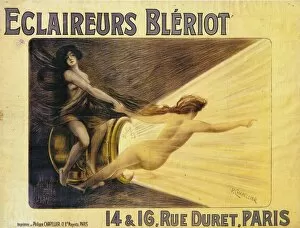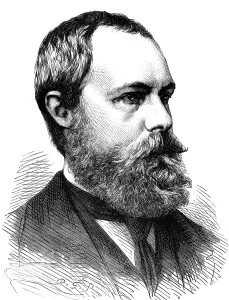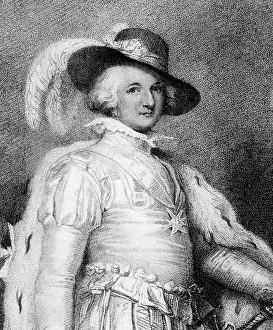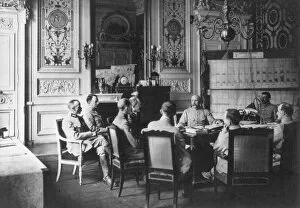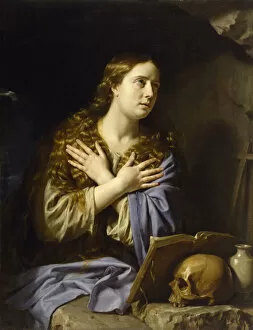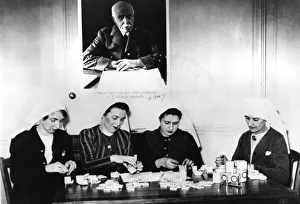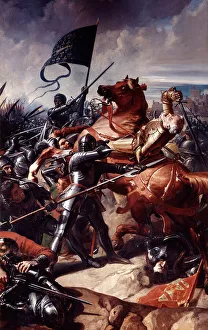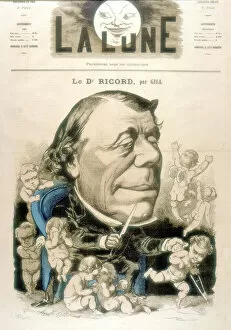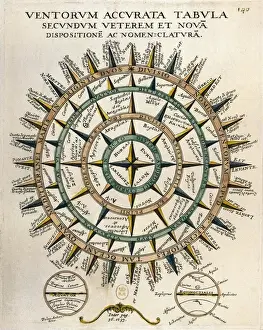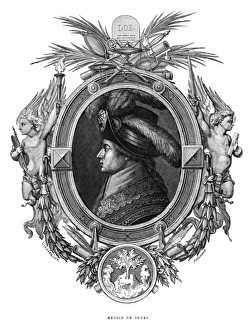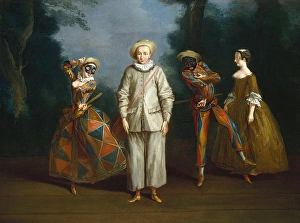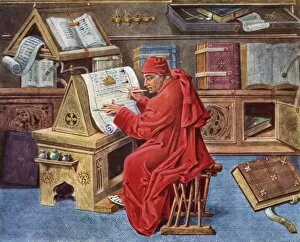Philippe Collection (page 6)
Philippe Halsman, a renowned photographer, captured the enigmatic Salvador Dali in his element
All Professionally Made to Order for Quick Shipping
Philippe Halsman, a renowned photographer, captured the enigmatic Salvador Dali in his element. In this captivating photograph from around 1948, Dali is surrounded by surreal objects that defy gravity and logic. Cats float effortlessly alongside water frozen mid-motion, creating an otherworldly scene. But Philippe's talent extends beyond capturing surrealist painters; he also immortalizes historical figures like Jacques De Molay. This influential figure of the Knights Templar holds secrets untold within his gaze, hinting at a tumultuous past. Moving forward in time, we encounter Victoria/Louisp/Gosport - a mysterious trio whose story remains shrouded in ambiguity. What adventures did they embark on? What secrets do their names hold? The mention of Crecy transports us to medieval times when battles raged and kingdoms clashed. Philippe's lens captures the essence of these historic moments with precision and artistry. Water takes center stage as Philippe Mercier unveils "The Elements. " With masterful brushstrokes, he brings forth its fluidity and power while paying homage to its vital role in our existence. Josslyn and Idina Hay grace another frame as they stand proudly on their Kenyan farm named Slains. Their connection to this land radiates through the lens—a testament to resilience and love for nature. In "Choosing a Club, " Philippe reveals not only a sport but also choices we make throughout life—decisions that shape our destiny or lead us down unexpected paths. Greek mythology comes alive as Hera, Aphrodite, and Athena prepare for the contest of beauty before P. . Who will be crowned victor? The anticipation hangs thickly in the air as each goddess exudes confidence unique to her divine essence. Philippe IV Le Bel emerges multiple times across different works—an enigmatic figure who left an indelible mark on history. Whether depicted anonymously or by Jones' hand, his presence looms large, leaving us to ponder his influence.


